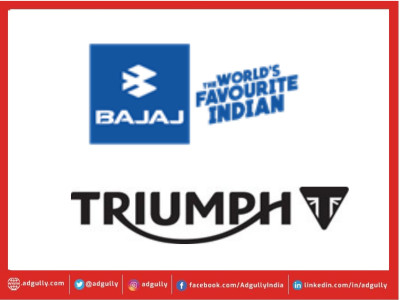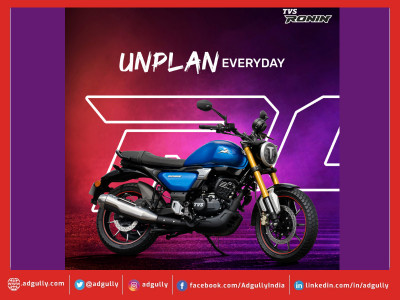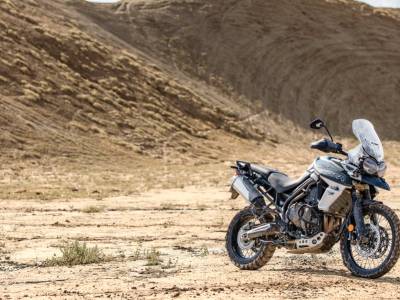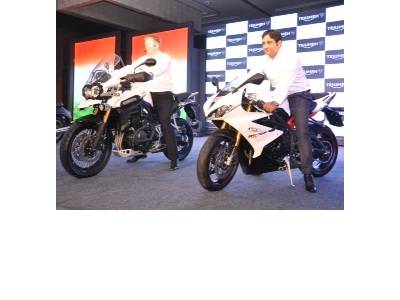Triumph Motorcycles rides on the back of experiential to success in India
Triumph Motorcycles India, a subsidiary of the iconic British motorcycle manufacturer Triumph Motorcycles, has fortified its presence in the country with the launch of the brand-new Tiger 800 XCX and XR line-up. Tiger’s bloodline goes back 80 years to 1936, when the first competition Triumph Tiger (70, 80 and 90 models) won their classes in the 1936 ISDT (International Six Day Trial).
Established in 1902, Triumph Motorcycles entered the Indian market in 2013. In these 5 years, Triumph Motorcycles India has set up 15 state-of-the art dealerships at strategic locations, with an upcoming dealership in Mangalore. Claimed to be one of the fastest growing luxury and lifestyle brands in India, Triumph Motorcycles India today has a customer base of 4,500 and a portfolio of several different motorcycle models across five premium categories.
Speaking at the launch, Vimal Sumbly, Managing Director, Triumph Motorcycles India, commented, “To deliver the best of Triumph, we here have been working on our engineering and technology to upgrade the capability of the Tiger 800 line-up for versatility on and off-road. These developments compliment the Tiger’s agility, its easy riding style, as well as its existing distinctive Tiger poise – the new 800 line-up is built for maximum adventure, maximum dominance.”
He further said, “Triumph as a brand is recognised not just for its iconic ancestry, but also for the uncompromised premium riding experience that it offers. This combination gives the brand a sure-fire edge in its category and the Tiger range is here to do the same.”
Vimal Sumbly opened up more on Triumph’s growth strategy for India and why the brand has stayed away from advertising in a tete-a-tete with Adgully on the sidelines of the launch event in Mumbai yesterday (March 21, 2018). Excerpts from the interview:
In its five-year presence in India, we have hardly seen any advertising from Triumph Motorcycles. What is your marketing strategy for the Indian market? What are your year-on-year marketing spends?
When you look at ATL, we have been doing print advertising, especially in magazines that cater to the High Income and Luxury customer base. However, we mostly spend on digital – be it Facebook, Instagram, etc. – where we connect with our customers and prospects. But most of our time now is focussed on experiential. We have the Tiger Training Academy, where we do track training with California School, we do curated rides, we did a Rann of Kutch ride in the West. We do a lot of such initiatives for the consumers, who pay for it. We only facilitate the process, such as providing a one-day training, supplying ambulance service, spare parts, training material, and we assist them in accomplishing the journey. That is the differentiating factor that Triumph has been using.
Our spends on experiential marketing has gone up by as much as 20 per cent, which previously used to be around 8-10 per cent. We are connecting with the customer directly rather than going through an ad bombardment. We don’t need to go for the masses, we don’t need to do a paper advertisement because the audience that we want to reach out to is very limited. That’s why we use experiential marketing, such as getting the consumer to test drive the bikes, organising events, etc.
Could you shed more light on your experiential marketing initiatives?
We have been setting up Triumph Experience Centers – there are 15 such centers where one can come socialise with likeminded people, have a bike riding experience. There are cafés at each of these centers where one can access this without buying a single bike or a piece of merchandise. We are going to have more of such experience centers in Mangalore, Goa and Coimbatore.
What is Triumph’s year-on-year growth in terms of sales?
We currently have a retail growth of 15 per cent and we expect to keep it going further and continue with this momentum.
Bikers tend to form strong communities. How are you tapping into these communities?
We have the Triumph Riders Association, which is spread across 15 cities, where we organise Sunday rides, Independence Day ride and many such rides. We are actively building up this community.
Do you have any distinctive strategy for the Indian market?
We use three kinds of strategy for the Indian market: one is in terms of product strategy; secondly, in terms of creating the network; and thirdly, since India is a touch and feel country, we spend a lot of time and energy on test rides, on creating experiences, taking them out of their environment and taking the bike into the current environment. These are our strategies that are different from the rest of the industry.
The Indian market comprises several mini Indias within itself. How are you segmenting the market?
We have the StreetTripleR and Street TripleS, we are into the luxury and premium segment and that’s what we would staple to. There is something with Bajaj that we are doing to come up with a premium segment of motorcycles at an affordable price.
What is the distribution strategy for the new Tiger 800 XCX and XR line-up?
We will be using the same network to sell the new bikes. There will be a lot of experiences created around the new line-up and that’s how we are going to grow this brand.
Prior to entering the Indian market, what was the general awareness about Brand Triumph?
All motorcycle enthusiasts know about Triumph, but the awareness was not so strong among the masses. But now, due to the various digital and experiential marketing initiatives that we have done, the awareness has grown manifold.
















Share
Facebook
YouTube
Tweet
Twitter
LinkedIn